Over the previous year, scientists have made astounding revelations. Contrary to the constant updates from social media and incessant news, the world isn’t declining. In fact, it’s more progressive, secure, prosperous, and peaceful than ever before. Most of our current luxuries stem from the incessant advancements in technology and scientific findings. Check out the 25 Most Incredible Discoveries of The Past Year!

Eternal Storage
 Source: southampton.ac.uk
Source: southampton.ac.uk No, not for your clothes. For your data. As you may know, ink fades. Perhaps surprisingly, so does computer memory. After all, it’s just a bunch of electrical impulses being stored in various ways. Scientists at the University of Southampton, however, discovered a way to store data on a special type of glass. This technique would allow data to survive over 13 billion years…about the age of the Universe.
2016 HO3
 Source: nasa.gov
Source: nasa.gov 2016 HO3 is the name of Earth’s second moon. That’s right! NASA discovered that Earth has 2 moons! Well, at least for now. 2016 HO3 is an asteroid that orbits the Earth at quite a distance and in roughly a century, it will probably leave the Earth’s orbit again.
Human Footprints
 Source: forbes.com
Source: forbes.com Scientists discovered hundreds of human footprints in Tanzania at a site known as Engare Saro. The prints dated back about 20,000 years and showed groups of people jogging in the shadow of a volcano.
Check out 25 Most Intense Archaeological Discoveries In Human History.
Cloning & Long-Term Health Consequences
 Source: wired.co.uk
Source: wired.co.uk Dolly the sheep’s four clones (Debbie, Denise, Dianna and Daisy) appear to have aged quite well. In fact, while Dolly suffered from degenerative osteoarthritis, her clones were barely affected. They aged better than the original!
Superwheat
 Source: newscientist.com
Source: newscientist.com Although GMO’s (genetically modified food) aren’t very popular in some circles, among scientists…they’re the solution. To what? The global population and food crisis. In fact, if it weren’t for GMO’s, the vast majority of the world’s population wouldn’t be alive. Superwheat is the latest addition to the club. It is much more efficient at photosynthesis than regular wheat and could potentially produce a much larger crop.
Giant Crocodile
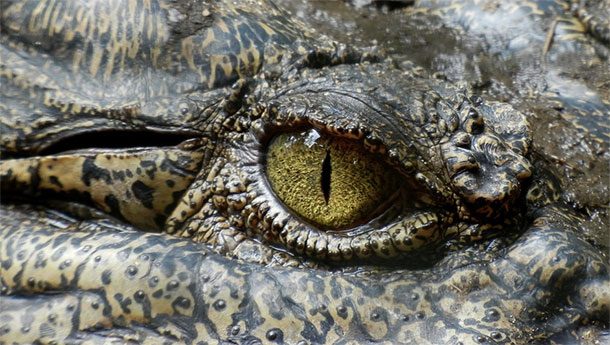 Source: nationalgeographic.com
Source: nationalgeographic.com Scientists digging up bones in Tunisia discovered the largest marine crocodile to ever walk the Earth. It grew up to 30 feet long and weighed 3 tons!
The Real 9th Planet
 Source: arxiv.org
Source: arxiv.org Long before we knew about Pluto, scientists had theorized that there would be another planet beyond Neptune. (They could calculate the effects of its gravity.) At first, we all thought it might be Pluto, but Pluto didn’t really account for the full effects of the gravity. And not long after, Pluto lost its planet-hood anyway. In 2016, however, scientists at Caltech calculated that there is almost certainly a ninth planet far beyond Pluto. Although it hasn’t been found yet, the math checks out. And in case you’re wondering, it’s between 2 to 15 times the size of Earth and about 240 trillion km from the Sun.
Carbon Capture
 Source: smithsonianmag.com
Source: smithsonianmag.com When we burn fossil fuels, the CO2 goes into the atmosphere and has negative effects on the environment. Scientists in Iceland, however, have developed a technique for recapturing the harmful emissions, pumping them into the ground, and basically creating rock out of them again.
Gravitational Waves
 Source: ligo.caltech.edu
Source: ligo.caltech.edu Scientists at LIGO (Laser Interferometer Gravitational Wave Observatory) in California detected gravitational waves. In case this doesn’t make you jump out of your seat, these are basically the things that Einstein predicted in 1916 with his general theory of relativity.
Venus's Past
 Source: nasa.gov
Source: nasa.gov According to NASA scientists, Venus may have had a much cooler past. In fact, it may have even had oceans for several billion years. Imagine that…beaches on Venus!
The Longest Living Vertebrate
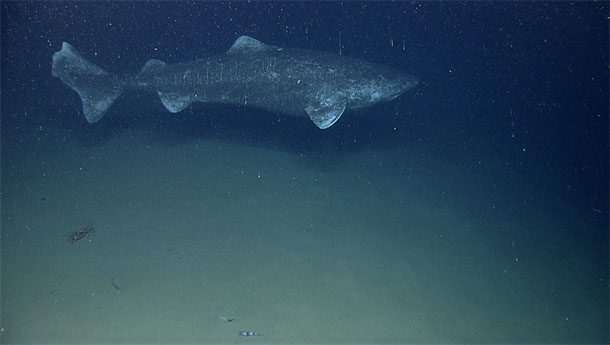 Source: sciencedaily.com
Source: sciencedaily.com Scientists discovered the Greenland shark, the longest living vertebrate on record. Its average lifespan is roughly 400 years! Granted, most of its life is spent at the bottom of freezing oceans which slows its metabolism considerably. Regardless, these sharks may contain some vital clues to longevity.
Recovery from Strokes
 Source: eurekalert.org
Source: eurekalert.org By using stem cells, doctors and scientists at Stanford University School of Medicine in California were able to create healing in stroke patients long after any improvements would be expected. Some patients even ditched their wheelchairs and started walking again!
CRISPR
 Source: nature.com
Source: nature.com There have been many scientific discoveries that have changed the world. This might just be another one. While CRISPR/Cas9 gene editing has been a hot topic in medical circles for a while now, just last year Chinese doctors actually used the technology to “edit” the genes of a cancer patient.
2^74,207,281 − 1
 Source: nytimes.com
Source: nytimes.com In 2016, scientists discovered a new prime number. It’s the biggest one yet! In fact, it is so big (22,338,618 digits) that the only way to write it out is by raising 2 to the power of 74,207,281 and then subtracting 1. This discovery was made thanks to the Great Internet Mersenne Prime Search.
The Size of the Universe
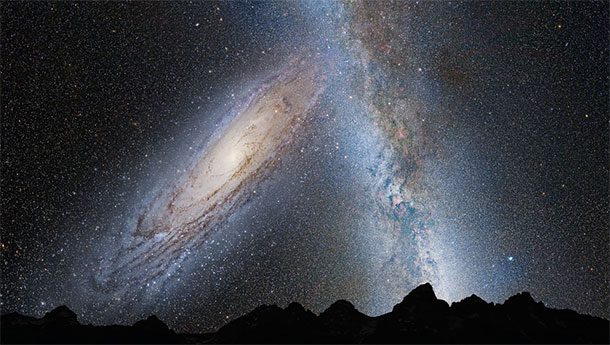 Source: nasa.gov
Source: nasa.gov Thanks to the Hubble Telescope, researchers at NASA discovered that the universe may be a lot more crowded than we had previously thought. In fact, it may be 10 times more crowded! (10 times more galaxies)
The Beginning of the End of Paralysis
 Source: wexnermedical.osu.edu
Source: wexnermedical.osu.edu Neuroscientists at the University of Ohio managed to develop a brain implant that allows paralyzed patients to move again. 24 year old Ian Burkhart was the first person to try it out. Although he hasn’t been able to move for 6 years, by using the device, he can now play Guitar Hero and swipe credit cards!
The Em Drive
 Source: nationalgeographic.com
Source: nationalgeographic.com This one is a nerd’s wildest dream come true. More officially known as a radio frequency (RF) resonant cavity thruster, rather than using some sort of fuel to create thrust, this theoretical device uses electromagnetic fields. Very simply, it creates thrust without pushing against anything. And yes, this does seem to violate Newton’s third law (every action has an equal and opposite reaction). But…there have been some promising and controversial trials carried out both by NASA and CAST (China Academy of Space Technology). Although it is still controversial, it’s crazy that some scientists now seem to think it may actually be possible.
New Reserves of Helium
 Source: cnn.com
Source: cnn.com Although it is the second most abundant element in the universe, we get most of our supply from underground. (It gets lost in the atmosphere rather easily!) Scientists were excited to find a large reserve of gas in Tanzania last year.
Wall-Walking Cavefish
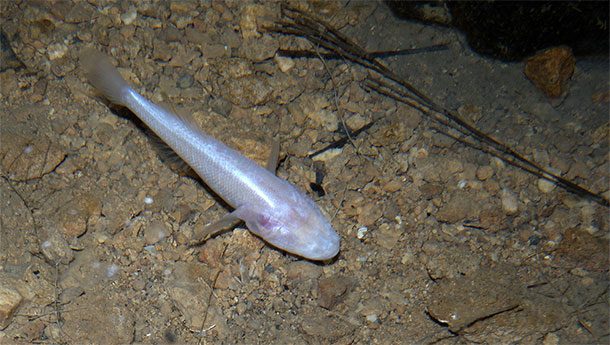 Source: wired.com
Source: wired.com Scientists at the New Jersey Institute of Technology discovered a Taiwanese cavefish that has a lot in common with amphibians and reptiles. Another link in the evolutionary chain.
Proxima B
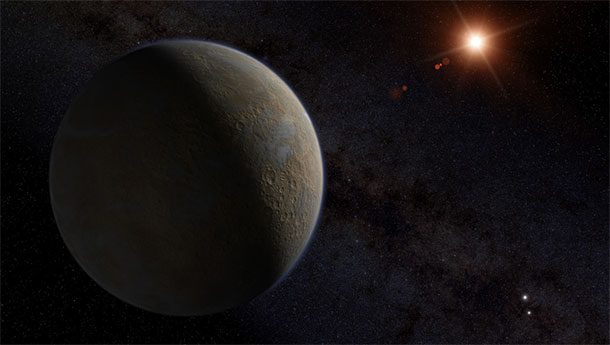 Source: nasa.gov
Source: nasa.gov Proxima B is an exoplanet orbiting our nearest star. The cool part? It’s in the “sweet spot” that could potentially support life. This is exciting because that means there may be extraterrestrial life less than 5 light years away!
GK-PID
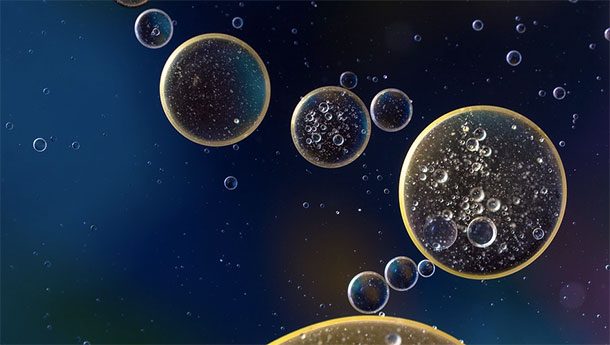 Source: nytimes.com
Source: nytimes.com Scientists found that about 800 million years ago, a slight genetic mutation in an ancient molecule of GK-PID (guanylate kinase protein-interaction domain) allowed organisms to move from single cells to multiple cells. Basically, it allowed life as we know it to exist.
A Dinosaur Feather
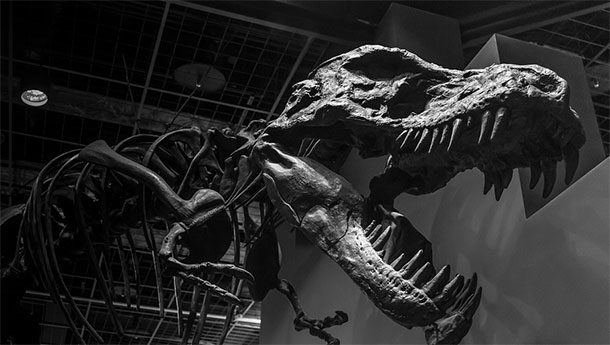 Source: nationalgeographic.com
Source: nationalgeographic.com In a scene straight out of Jurassic Park, paleontologists from the China University of Geosciences found a well preserved dinosaur feather at an amber market in Burma (Myanmar). It’s 99 million years old!
Zika
 Source: npr.org
Source: npr.org No, we’re not talking about the discovery of Zika. It was actually first identified in Uganda in the 1940’s. What we’re talking about is the discovery that Zika causes microcephaly and other birth defects. It’s crazy that although we had known about Zika for nearly 70 years, we knew almost nothing else about it. Why? Because we had assumed it was limited to a few communities in Uganda. In fact, before the outbreak, there was only 1 person in the United States working on the virus.
Note: Some rare diseases have advocacy groups that push for research and funding, but in the case of Zika, it only affected poor, remote communities in Uganda. Once it became a global phenomenon, however, we all took notice.
Dragonfly 44
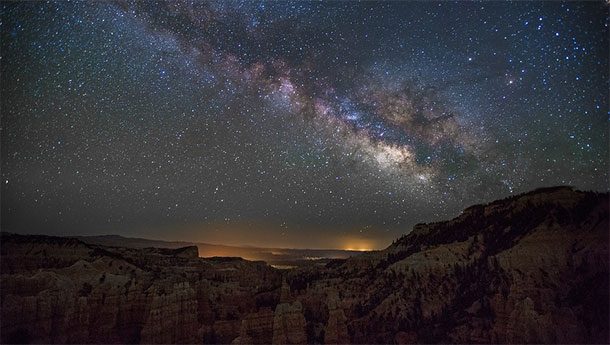 Source: iopscience.iop.org
Source: iopscience.iop.org A galaxy that emits about 1% of the light of the Milky Way, scientists have determined that the Dragonfly 44 galaxy may be up to 99% dark matter.
Vertical Rocket Landings
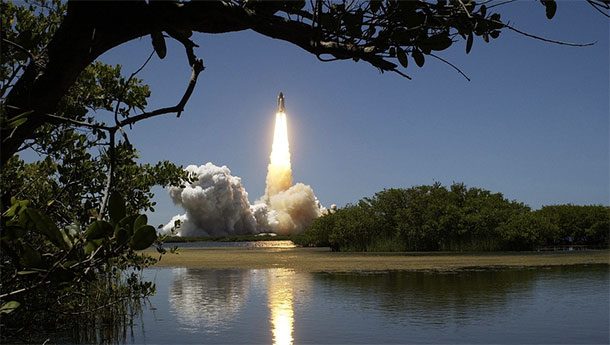 Source: cnn.com
Source: cnn.com Although you’ve seen these landings in just about every sci-fi movie, in real life, rockets are usually just ditched in the ocean. Thanks to Elon Musk and SpaceX, the first successful vertical landing of a rocket took place on a drone ship. That just sounds intense.
If you enjoyed this list, be sure to check out 25 Incredible Discoveries You Won’t Believe Exist.
Lists Going Viral Right Now
Photos: Featured Image: Shutterstock, 25-20. pixabay (public domain), 19. wikimedia commons (public domain), 18-17. pixabay (public domain), 16. wikimedia commons (public domain), 15. NOAA Photo Library via flickr, CC BY 2.0 , 14-8. pixabay (public domain), 7. Frank Vassen via flickr, CC BY 2.0, 6. Kevin Gill via flickr, CC BY-SA 2.0, 5-1. Pixabay (public domain).



























